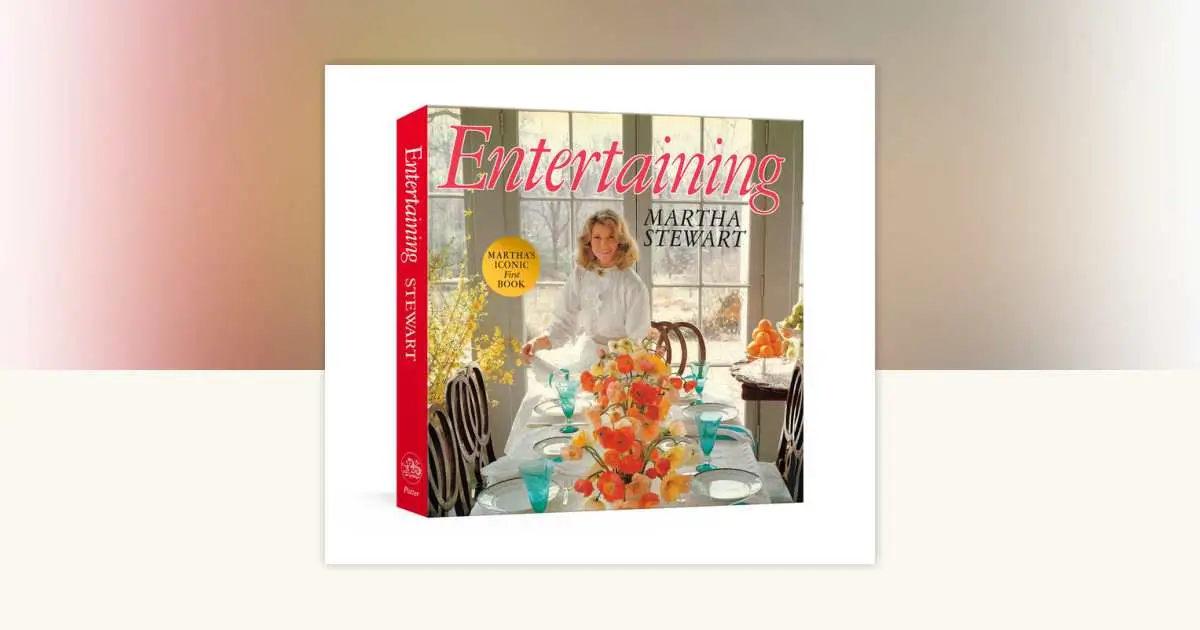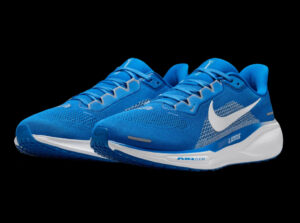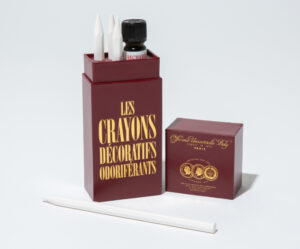French Montana’s track “Don’t Panic” was released in 2014 as the lead single from his “Mac & Cheese 4” mixtape. The song quickly gained traction for its catchy hook, pulsating beat, and overall vibe, solidifying Montana’s place in mainstream hip-hop. However, “Don’t Panic” is more than just a club-ready banger. Upon closer inspection, the track reveals a deeper exploration of themes such as resilience, the pressures of fame, and the importance of maintaining composure in the face of adversity. This critical analysis will unpack the cultural and musical significance of “Don’t Panic,” its place in French Montana’s discography, and its broader influence on hip-hop at the time.
Musical Composition and Production
The first thing that stands out about “Don’t Panic” is its production, handled by DJ Mustard. Known for his minimalist, bass-heavy beats, DJ Mustard brings his signature sound to the track, crafting a beat that is simultaneously hard-hitting and infectious. The beat features a repetitive synth loop, sparse percussion, and booming 808s, all of which combine to create a sense of urgency that mirrors the song’s message of staying calm under pressure.
The simplicity of the beat works in favor of Montana’s laid-back flow, allowing his vocals to take center stage. The minimalism also emphasizes the track’s hook, which repeats the phrase “Don’t panic” in a hypnotic, almost mantra-like manner. This repetition not only makes the song memorable but also reinforces its central theme: maintaining composure in high-pressure situations.
From a production standpoint, “Don’t Panic” fits neatly within the DJ Mustard sound that dominated hip-hop in the early 2010s. His influence on the genre cannot be overstated, as his beats were ubiquitous during this period, shaping the sound of West Coast and mainstream rap. “Don’t Panic” is no exception, with its stripped-down instrumental and infectious hook becoming a staple of club playlists and radio airwaves.
Lyrical Content and Themes
Lyrically, “Don’t Panic” is a celebration of resilience and perseverance. French Montana, whose real name is Karim Kharbouch, has always incorporated elements of his personal journey into his music. As an immigrant from Morocco who rose from poverty in the Bronx to become a successful rapper, Montana often speaks on themes of struggle, survival, and success. In “Don’t Panic,” these themes are present, though they are delivered with a sense of braggadocio and confidence.
The phrase “Don’t panic” serves as a metaphor for staying calm in the face of adversity. In the verses, Montana raps about facing challenges, whether they be from the streets or the pressures of fame, and refusing to let them break his composure. He delivers lines such as “Hundred bands in the attic / Might panic if it happen,” implying that sudden wealth and success can cause panic, but his refusal to succumb to the pressure is what sets him apart. Montana’s lyrics reflect the mentality of someone who has faced significant hardship but has learned to remain steady amid the chaos.
The song also touches on themes of loyalty, with Montana referencing the importance of staying true to those who supported him before his rise to fame. The idea of loyalty is crucial in hip-hop, where trust and maintaining authenticity are often seen as markers of credibility. Montana’s emphasis on keeping calm and sticking with his day-one supporters reinforces his image as a grounded artist, even as he enjoys the trappings of success.
However, while the song’s message of resilience is clear, some critics have noted that the lyrical content of “Don’t Panic” lacks depth in comparison to Montana’s earlier work. Songs like “Ain’t Worried About Nothin’” and “Shot Caller” presented a more nuanced look at Montana’s rise to fame and the obstacles he overcame. In contrast, “Don’t Panic” feels more like a surface-level exploration of these themes, relying heavily on repetition and a catchy hook rather than intricate wordplay or storytelling. This shift in lyrical complexity may have been a deliberate move on Montana’s part, aiming for mass appeal rather than critical acclaim.
Impression
When “Don’t Panic” was released, it quickly became a staple in clubs and on radio stations across the country. The song’s infectious beat and repetitive hook made it an easy favorite for DJs and partygoers, and it solidified French Montana’s position as a major player in the mainstream hip-hop scene. The song’s release was accompanied by a high-energy music video directed by Eif Rivera, which featured then-girlfriend Khloé Kardashian and leaned into the horror theme popularized by movies like *The Purge*. This visual element helped elevate the song’s presence, especially within pop culture.
However, despite its commercial success, “Don’t Panic” received mixed reviews from critics. Some praised the song’s catchy production and Montana’s laid-back delivery, while others felt that it lacked the substance of his earlier work. Critics pointed out that while Montana had found success with radio-friendly hits, he risked losing some of the grit and authenticity that made his early music stand out.
The track also contributed to the ongoing evolution of DJ Mustard’s influence on hip-hop. Mustard’s beats, characterized by their simplicity and focus on bass-heavy rhythms, were instrumental in shaping the sound of the 2010s. “Don’t Panic” is an excellent example of how Mustard’s production could elevate a track, turning it into a club anthem while retaining the essence of the artist’s persona.
Broader Influence on Hip-Hop
“Don’t Panic” arrived at a time when hip-hop was undergoing a significant shift. The early 2010s saw the rise of trap music, characterized by its heavy bass, hi-hats, and often repetitive, chant-like hooks. DJ Mustard’s production style was a key player in this transition, and “Don’t Panic” fits squarely within this trend. The song’s success helped cement the dominance of this sound in mainstream hip-hop, influencing a generation of artists who would go on to adopt similar production techniques and lyrical delivery.
In many ways, “Don’t Panic” can be seen as a reflection of the broader trends in hip-hop at the time. The focus on catchy hooks and minimalist beats mirrored the genre’s increasing emphasis on creating music that was easily digestible and radio-friendly. While this shift led to the genre’s growing commercial success, it also sparked debates about the trade-off between substance and mass appeal. Critics of this trend argued that songs like “Don’t Panic,” while sonically appealing, lacked the lyrical depth and storytelling that had traditionally been the cornerstone of hip-hop.
No comments yet.








